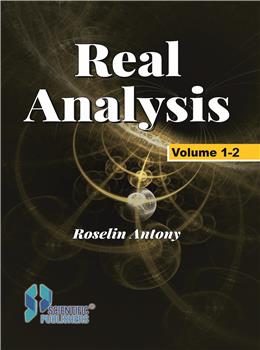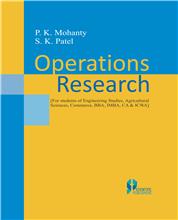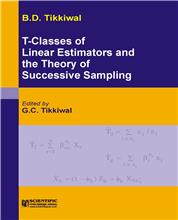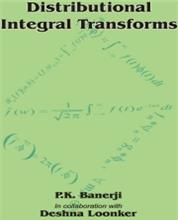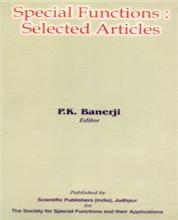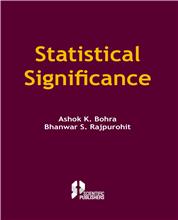Real Analysis (Part -
I)
Unit – 1 Introduction
of Numbers
1.1
Introduction
1.2 Basic concepts in
logic
1.3 Set Theory
1.4 Techniques for
proofs
1.5 Number System
1.6 Metric spaces
Unit – 2 Sequences
and Series
2.1 Introduction
2.2 Sequences
2.3 Convergence of
sequences
2.4 Subsequences and
Cauchy sequence
2.5 Series
2.6 Power series
Unit – 3 Limits and
Continuity
3.1 Introduction
3.2 Limit of
functions
3.3 Continuity of
functions
3.4 Compactness and
continuity
3.5 Connectedness and
Continuity
3.6 Discontinuities
Unit – 4 Sequences
and Series of functions
4.1 Introduction
4.2 Pointwise
convergence and Uniform convergence
4.3 Uniform
convergence and continuity
4.4 Uniform
convergence and integration
4.5 Uniform
convergence and differentiation
4.6 Equicontinuous
families of functions
4.7 Algebra of
functions
4.8 The
Stone-Weierstrass theorem
4.9 Problems
Unit – 5
Differentiation of functions
5.1 Introduction
5.2 Derivatives of
functions
5.3 Derivatives of
higher order
5.4 Differentiation
of vector valued functions
Unit – 6 Integration
- RS integrals
6.1 Introduction
6.2 Definition and
existence of the integral
6.3 Properties of
Riemann – Steiltjes integral
6.4 Integration and
differentiation
6.5 Integration of
vector valued functions
6.6 Rectifiable
curves
6.7 Problems
Unit – 7 Different
Special Functions
7.1 Introduction
7.2 Power series
7.3 Exponential and
logarithmic functions
7.4 Trigonometric
functions
7.5 The algebraic
completeness of the complex field
7.6 Fourier
Series
7.7 Gamma function
Unit – 8 Functions of
Several Variables – Differentiation
8.1 Introduction
8.2 Linear
transformations
8.3 Differentiation
8.4 Partial
Derivatives
8.5 Contraction
principle
8.6 Inverse function
theorem
8.7 Implicit function
theorem
8.8 The Projection
8.9 Rank
theorem
8.10 Derivatives of
higher order
8.11 Problems
Unit – 9 Functions of
Several Variables – Integration
9.1 Introduction
9.2 Iterated
Integrals
9.3 Primitive Mapping
9.4 Change of
variables
9.5 Partition of
unity
9.6 Differentiation
of integrals
References
Real Analysis (Part - 2)
Unit – 1 Families of Sets 1–20
1.1 Introduction 1
1.2 Notations and Preliminaries 1
1.3 Algebras and σ-algebras 2
1.4 Measures 3
1.5 Outer Measures 8
1.6 Lebesgue outer measure 13
Unit – 2 Measurable Functions and Convergence Theorems
2.1 Introduction
2.2 Measurability
2.3 Types of Convergence
2.4 Lebesgue integral of Non - negative simple functions
2.5 Lebesgue integral of non - negative measurable functions
2.6 Lebesgue Integral of complex functions
Unit – 3 Signed Measures and Radon Nikodym Theorem
3.1 Introduction
3.2 Positive and Negative sets
3.3 Hahn Decomposition theorem
3.4 Jordon Decomposition theorem
3.5 The Radon - Nikodym theorem
3.6 Complex Measures
3.7 Functions of Bounded Variations
Unit – 4 Concepts of Functional Analysis
4.1 Introduction
4.2 Bounded Linear Functionals
4.3 Elementary Topology
4.4 Hilbert Space
Unit – 5 LP Spaces and some Inequalities
5.1 Introduction
5.2 Fundamental concepts of Lp spaces
5.3 Some important inequalities
5.4 Convergence and completeness
Unit – 6 Integration - RS Integrals
6.1 K – surfaces and K - forms
6.2 Simplexes and Chain
6.3 Stoke’s theorem
6.4 Vector field
Unit – 7 Radon Measures
7.1 Introduction
7.2 Bounded linear functionals on Lp spaces
7.3 Riesz Representation theorem
Unit – 8 Elements of Fourier Analysis
8.1 Introduction
8.2 The Convolutions
8.3 The Fourier Series
8.4 Gamma Function
References
